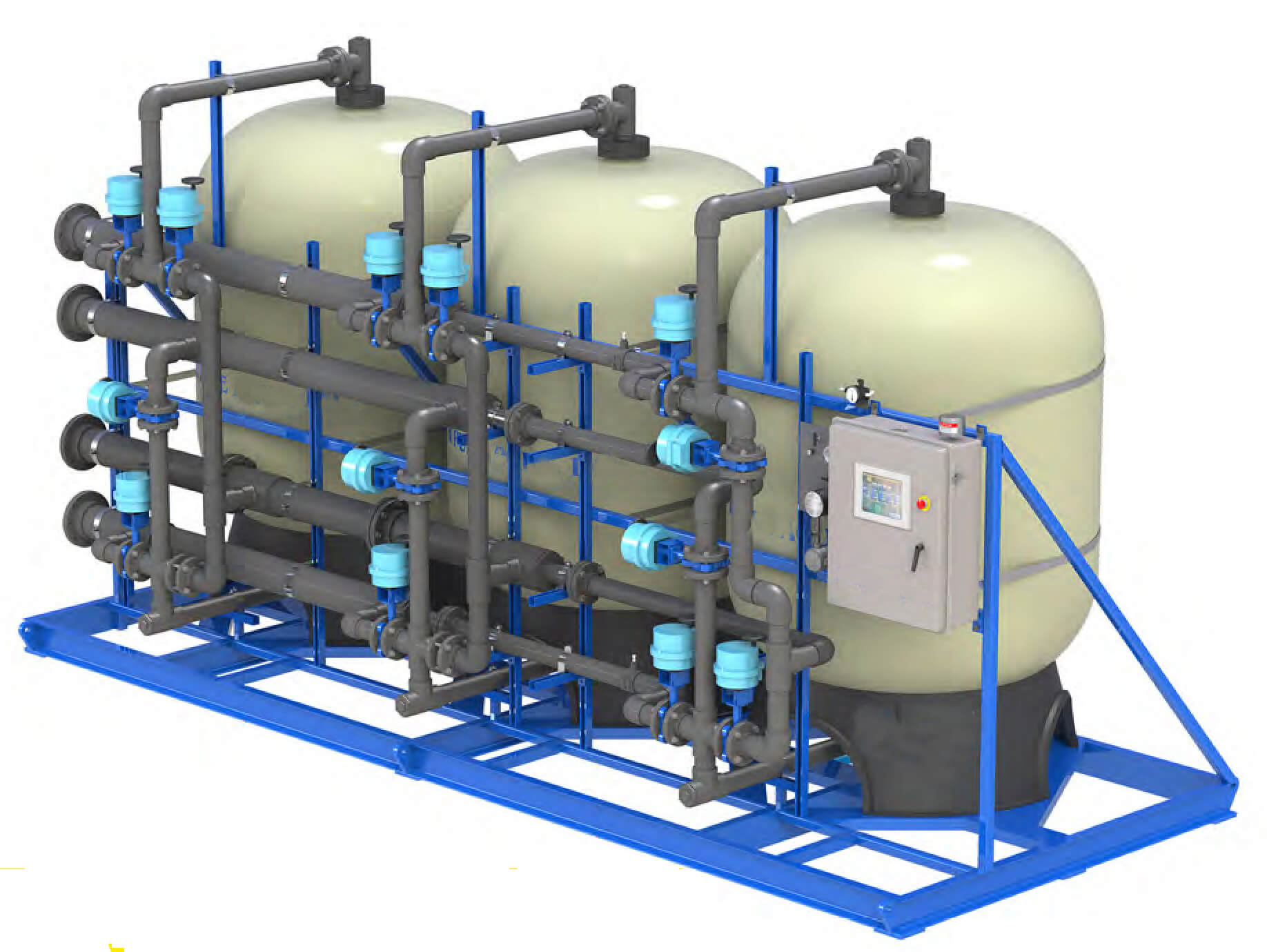


Water is a universal solvent. Soft rainwater picks up naturally occurring dissolved minerals, including calcium and magnesium carbonates, as it passes over rocks and through soil, which begins to make it hard. Most source water contains some amount of hardness. Water treatment is often required to make source water suitable for use in manufacturing processes, boilers, cooling towers, and rinse water applications.
The primary purpose of hard water softening is to prevent the precipitation and buildup of hard water minerals in equipment and piping. Reduction or elimination of hard water scaling can be performed using physical water treatment equipment, or, in limited circumstances, using chemical additives.
Conventional water softening is most often based a process known as (ion exchange), utilizing a synthetic polymeric (plastic) material in the form of very small beads called ion exchange resin. The resin is porous so that each bead has tremendous surface area and the surface area is chemically constructed to contain billions of active or “exchange sites.” These sites have considerable affinity for metals in the water with valences (i.e., charges of +2 and +3). Thus, when water containing calcium, magnesium (the two major constituents of hard water), dissolved iron, copper or aluminum, the active sites attract and “hold” these ions.
Water softener consists of a softener tank (FRP or steel) with ion exchange resin, valves (manual or automatic) and a brine tank which is needed to dissolve the salt with soft water to make (brine solution) used in the softener regeneration.
The softener could be a single vessel, two alternating vessels (duty + standby) or triple vessels working alternatively.
